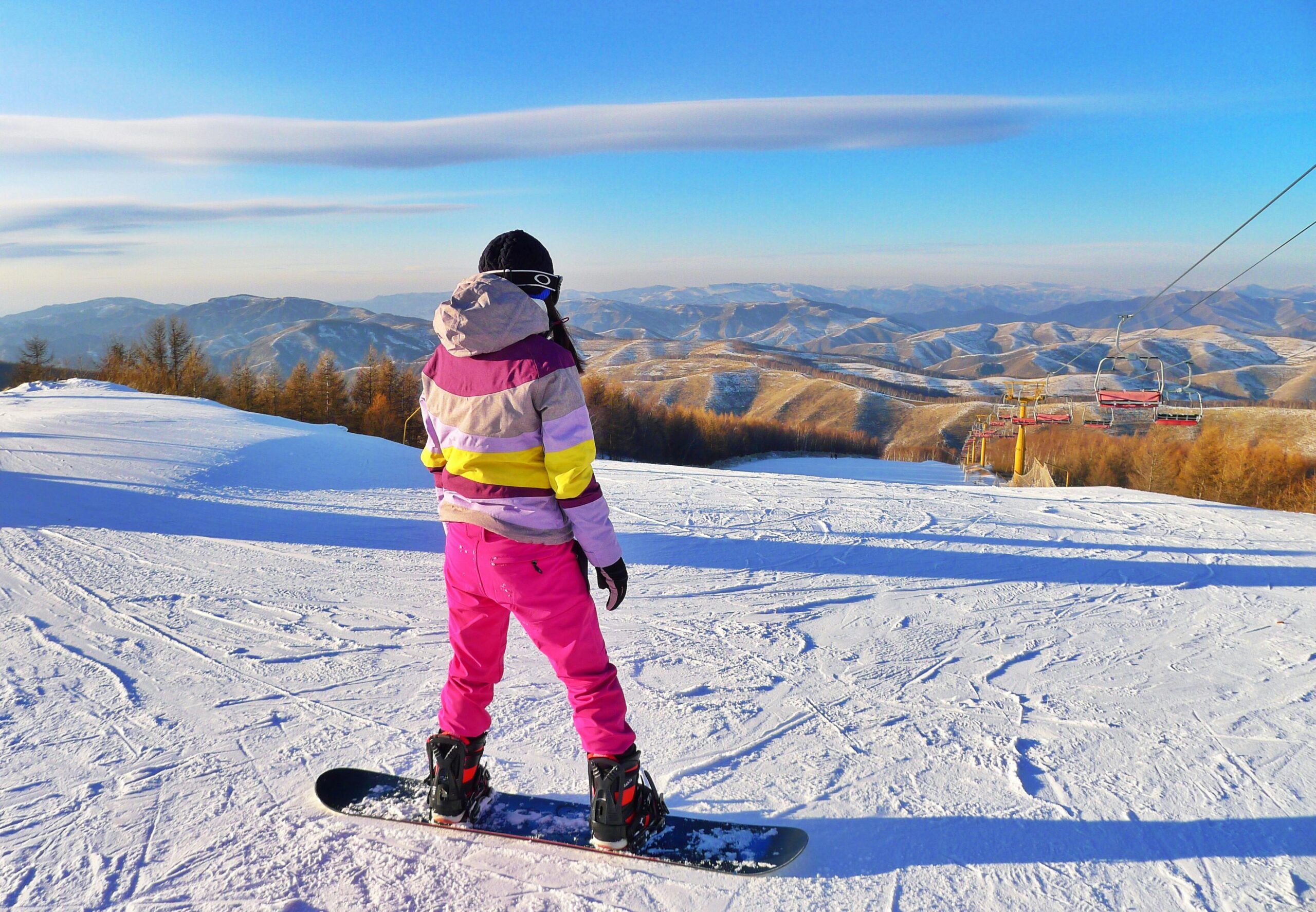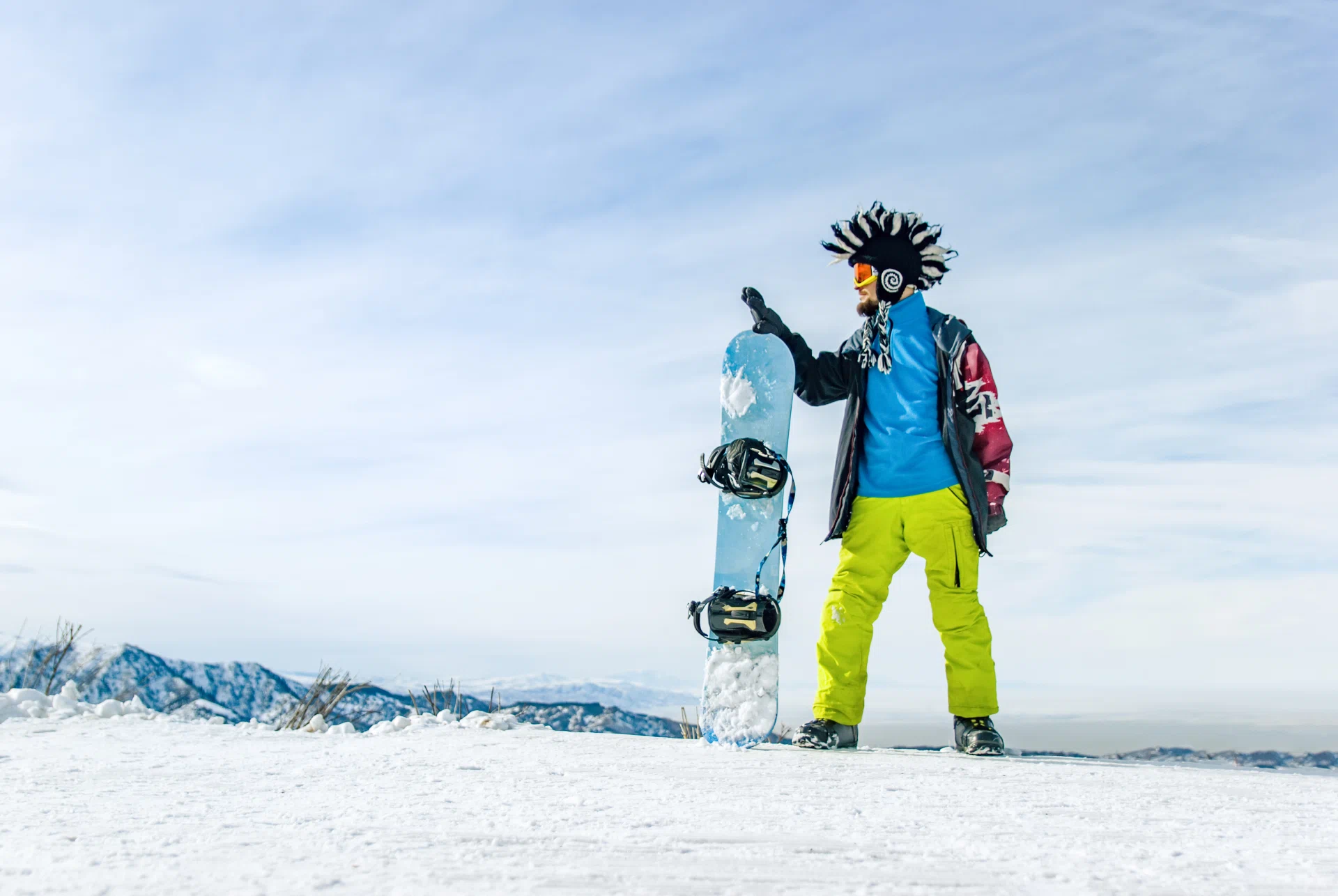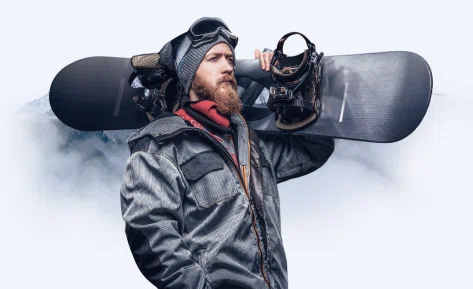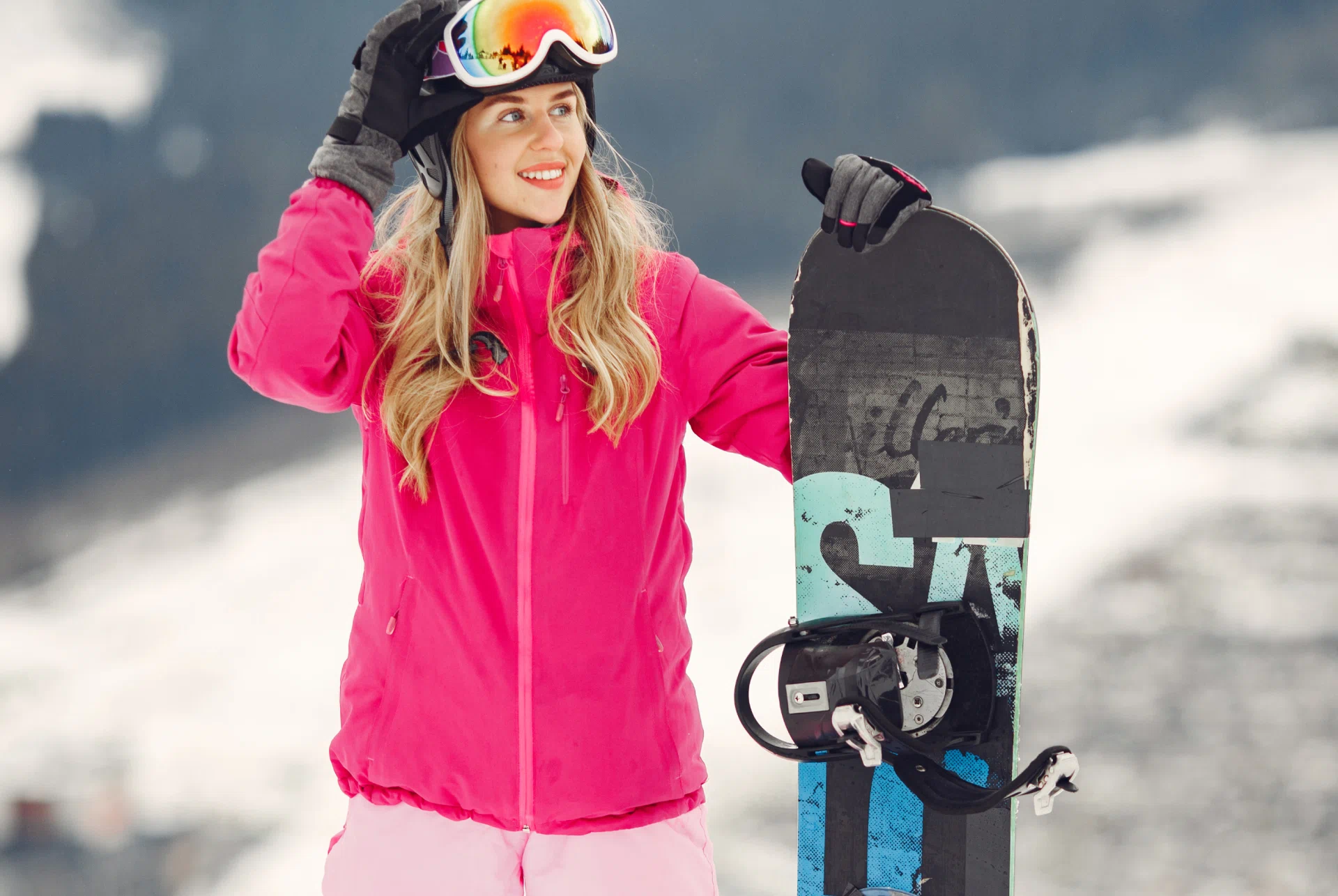
When to Upgrade Your Outdoor Equipment
June 5, 2023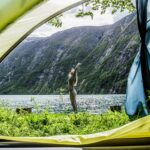
Essential Camping Gear: What You Need for Comfort, Safety, and Adventure
October 16, 2025
When to Upgrade Your Outdoor Equipment
June 5, 2023
Essential Camping Gear: What You Need for Comfort, Safety, and Adventure
October 16, 2025EVENTS
Protective Gear for Outdoor Adventures: Stay Safe, Stay Confident
The great outdoors is thrilling, beautiful, and unpredictable.
Whether you’re skiing, snowboarding, hiking, or climbing, the one thing that should always come first is safety. That’s where protective gear comes in. Having the right protection isn’t just for professionals or extreme adventurers — it’s essential for anyone who wants to stay comfortable, confident, and injury-free during outdoor activities.
Let’s explore the most important types of protective gear and how they help keep you safe in any condition.
1. Helmets: Your First Line of Defense
A helmet is the most important piece of protective gear you can own. It protects your head from impact — whether you take a tumble on the slopes or slip on an icy trail.
For winter sports like skiing and snowboarding, choose a certified snow helmet with:
-
A hard ABS shell and EPS foam liner for impact absorption
-
Adjustable ventilation to manage heat and moisture
-
Compatibility with goggles for a secure fit
-
A snug but comfortable strap system
For climbers or cyclists, look for helmets designed specifically for your activity. A well-fitted helmet can literally save your life, so don’t skimp on quality — and replace it immediately after any major impact.
2. Eye Protection: See Clearly, Stay Safe
Your eyes are vulnerable to UV rays, snow glare, wind, and flying debris. That’s why goggles or sunglasses with UV protection are crucial for any outdoor adventure.
-
Ski or snowboard goggles shield your eyes from snow glare and wind, with anti-fog lenses and wide peripheral vision.
-
Polarized sunglasses reduce glare off snow or water surfaces, making them perfect for winter hikes and mountaineering.
Always look for 100% UVA and UVB protection, and consider photochromic lenses that adapt to changing light conditions. Clear, comfortable vision helps you react faster and navigate terrain more safely.
3. Body Armor and Padding
In high-impact sports like snowboarding, mountain biking, or backcountry skiing, body armor can make a huge difference. Modern protective gear is lightweight, breathable, and designed for movement while shielding key areas.
Common types include:
-
Back Protectors: Absorb impact and protect your spine from falls or collisions.
-
Chest and Shoulder Pads: Common for snowboarding or biking, these help cushion hard impacts.
-
Padded Shorts and Hip Protectors: Ideal for beginners or freestyle riders learning new tricks.
Even if you’re not an extreme athlete, light body padding can give extra confidence when tackling challenging trails or terrain.
4. Gloves and Wrist Guards
Hands and wrists are often the first to take a hit during a fall. Quality gloves not only keep your hands warm but also protect against scrapes and fractures.
For snowboarding or skiing, consider gloves that include built-in wrist guards or wear separate guards underneath. They reduce the risk of sprains or breaks from impact.
Make sure your gloves are:
-
Waterproof and windproof
-
Insulated but breathable
-
Reinforced at the palms and knuckles for durability
5. Knee and Elbow Pads
If you spend time on icy trails, bikes, or snowboards, knee and elbow protection can save you from painful injuries. Pads made from flexible materials like D3O® harden on impact but stay soft during movement — offering top-tier comfort and protection.
They’re lightweight enough for everyday use and especially useful for children or beginners getting used to their equipment.
6. Proper Foot and Ankle Support
Your feet and ankles take on tremendous pressure during outdoor activities. Wearing the right boots with ankle support and shock-absorbing soles prevents strains and sprains.
In winter sports, ensure your ski or snowboard boots fit snugly but comfortably, with solid buckles and stiff soles for control. For hiking, invest in waterproof, high-cut boots with excellent grip and ankle stability.
7. Other Safety Essentials
Beyond personal armor, there are a few extra items worth having on every adventure:
-
Avalanche Safety Gear (for backcountry skiing): beacon, probe, and shovel.
-
First Aid Kit: Compact kits with bandages, antiseptic, and emergency supplies.
-
Reflective Gear or Headlamps: For visibility during early mornings or low light.
-
Emergency Whistle or Communication Device: Small but vital tools for signaling help.
8. Final Thoughts
Protective gear isn’t about fear — it’s about freedom. When you’re protected, you can move confidently, push your limits, and fully enjoy the moment without hesitation.
From helmets and goggles to pads and boots, every piece of protective equipment has a purpose: to help you stay safe, comfortable, and ready for whatever the wilderness throws your way.
At MountainGear.ca, we encourage every adventurer to prepare wisely, pack smart, and protect themselves. Because the best adventures aren’t just the ones that challenge you — they’re the ones you come home from safely.

